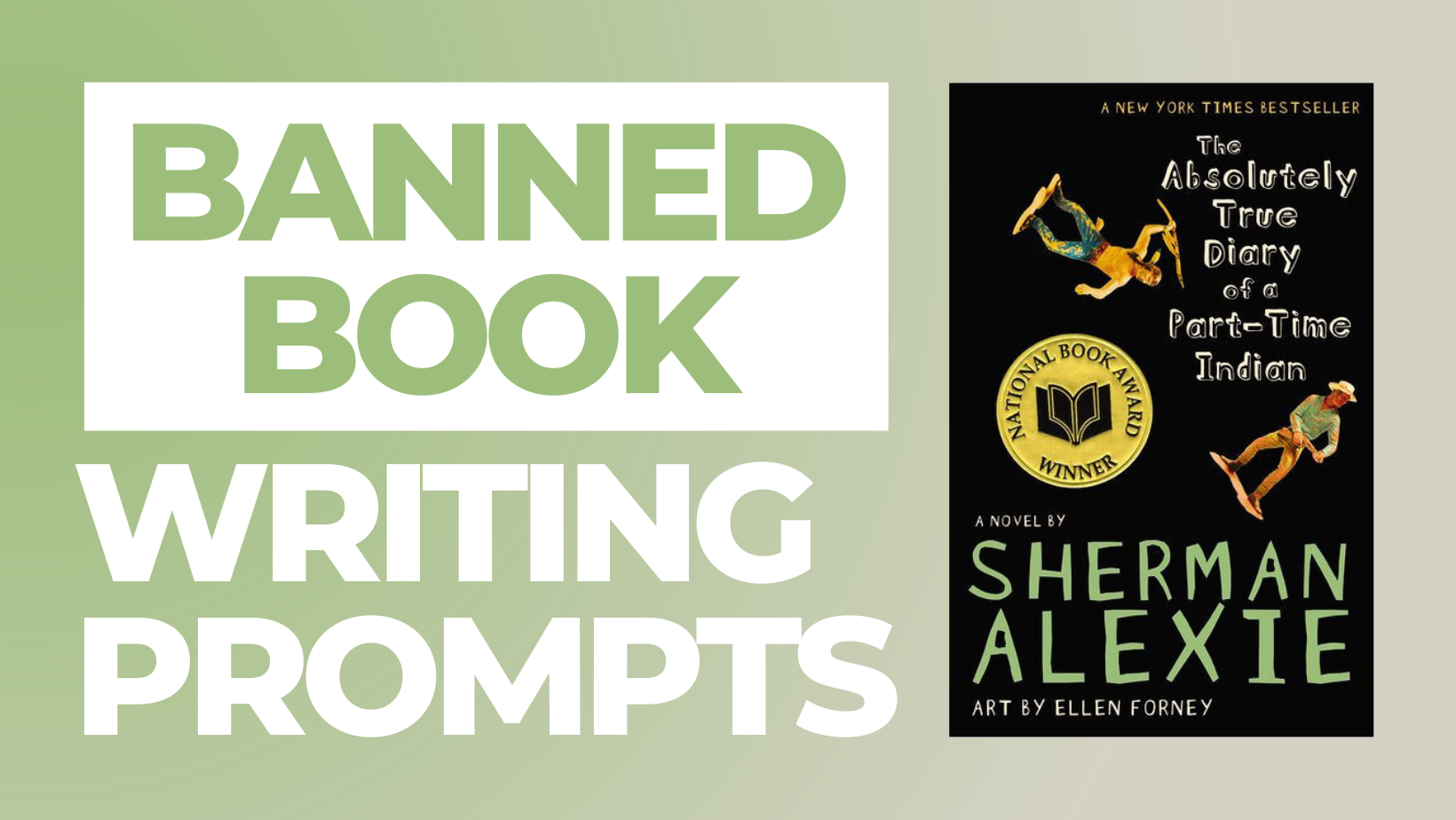In the following lesson plan writer Bushra Rehman considers diary writing as a vehicle to explore personal experience.
Grade: 5
Genre: Prose
Download: Dear Diary…
Common Core State Standards: (Refer to the ELA Standards > Writing > Grade 5)
- ELA-LITERACY.W.5.3.B: Use narrative techniques, such as dialogue, description, and pacing, to develop experiences and events or show the responses of characters to situations.
- ELA-LITERACY.W.5.3.D: Use concrete words and phrases and sensory details to convey experiences and events precisely.
Lesson Objectives:
In this workshop students will:
- Explore the rich relationship between reading, thinking, and writing.
- Work collaboratively to learn from one another.
- Utilize the diary form to share personal or family memories.
LESSON
Warm-up:
Start the class by asking the following questions:
- What is a diary?
- Do any of you keep a diary?
- Would you let anyone read your diary?
- Do you like reading other people’s diaries?
- Have you read any famous/historical diaries?
Mentor Text and Discussion:
- Introduce Anaïs Nin: Nin was a writer who came to New York City at the age of ten. On the boat from Europe, she began her very first diary. Later in life, Anaïs Nin took part in some of the most remarkable literary movements and artistic engagements that happened in the 20th century. These include the surrealist movements of the 1930s and the 1940s, the avant-garde crowd, and the feminist movement in the 1960s.
- Distribute copies of “Diary” by Anaïs Nin.
- Invite participants to read the piece aloud. Each student reads one sentence as we go around the room.
- Invite students to turn their attention to the text reflection questions and to silently write down their answers on a piece of paper.
- What is Anaïs feeling?
- Where is she coming from?
- What date did she arrive in the United States?
- What does she miss?
- How does the outer world reflect her inner world?
- How can you tell that this piece of text is from a different time in history?
Text-to-self Activity:
Ask students if they remember the first day they came to this country, or if their family members or guardians have told them stories about moving to the United States. The following questions might be useful for generating dialogue. Depending on students’ age and writing level, the attached worksheet might also be used.
- Who was the first person or first people in your family to come to the United States?
- Where did they travel from? Did you (they) take a plane, a boat, a train?
- When did they arrive?
- Did they know anyone here? Who?
- What did they bring?
- How did they feel?
- What did they see when they looked around?
- Was the weather different than in their native land?
Note: “They” can be changed to “you” for students who immigrated here.
Writing:
Students will write a diary entry of their first day of arrival in this country or an imagined version of a family member’s diary. If students don’t know the details of their families’ arrivals, invite them to use their imaginations. Invite them to begin with the phrase: “Dear Diary.”
Closing Reflection:
- How does writing in a diary feel different from other forms of writing?
- How can we learn about the history of the world by reading and sharing diaries?
Materials:
Multi-Modal Approaches to Learning: Linguistic, Interpersonal, Intrapersonal, Existential
Rehman’s dark comedy, Corona, was chosen by the NY Public Library as one of its favorite books about NYC. She is co-editor of Colonize This! Young Women of Color on Today’s Feminism and author of the collection of poetry, Marianna’s Beauty Salon, described by Joseph O. Legaspi as “a love poem for Muslim girls, Queens, and immigrants making sense of their foreign home—and surviving.”
Her new novel, Roses, in the Mouth of a Lion, is a modern classic about what it means to be Muslim and queer in a Pakistani-American community.



